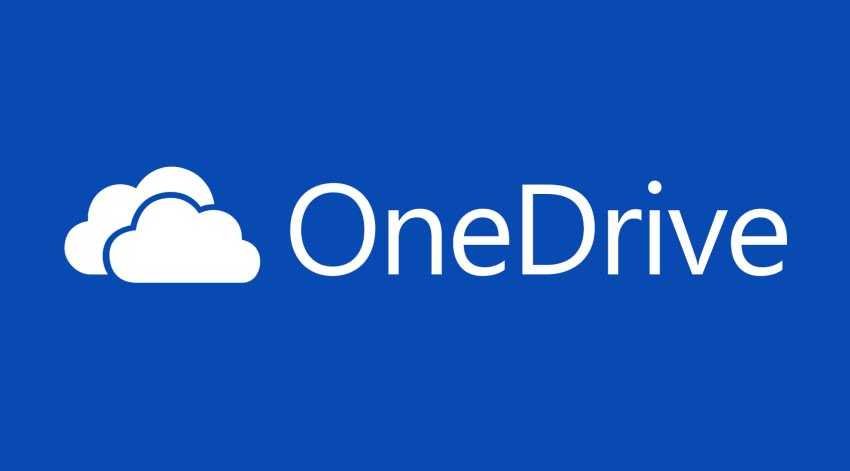The Windows 10 έχουν ενσωματωμένο το OneDrive και είναι τόσο πολύ μέσα στο σύστημα που διαθέτει δικό του node στο File Explorer. Αν τώρα προσπαθήσετε να το αφαιρέσετε γιατί δεν το χρησιμοποιείτε δεν υπάρχει κάποιος προφανής τρόπος. Παρακάτω θα δούμε πως μπορείτε να το πετάξετε από το σύστημά σας.
OneDrive Removal Reasons may vary, you may just prefer another cloud service, or you may be philosophically opposed to storing files in the cloud.
Regardless of why, if you do not want to use OneDrive, follow these steps:
In Windows 10 Pro or Enterprise, you can use Group Policy to tell OneDrive not to start with the system.
Open the Local Group Policy Editor by typing gpedit.msc in the Command window. (open the command window by pressing the Win + R keys together)
When the Local Group Policy Editor opens go to Computer Configuration - Management Templates - Windows Components - OnDrive. Double-click “Prevent The Usage Of OneDrive For File Storage” and set the value to Enabled.
After the reviewmovement of your computer, you will find that the OneDrive image is no longer displayed and the client synchronization is not running.
For devices running Windows 10 Home, where there are no Group Policy settings, we need to hurt the registry manually.
Using the Registry Editor (Win + R type regedit and enter), follow the path:
HKLM \ Software \ Policies \ Microsoft \ Windows \ OneDrive
If this key does not exist, you should create it.
Add a new DWORD value, DisableFileSyncNGSC, and set the new value to 1. Restart your computer to read the new policy.
Η change this will apply to every user of the selected device. If you had files on OneDrive, they will remain in your local OneDrive folder but will no longer be synced to the cloud.





